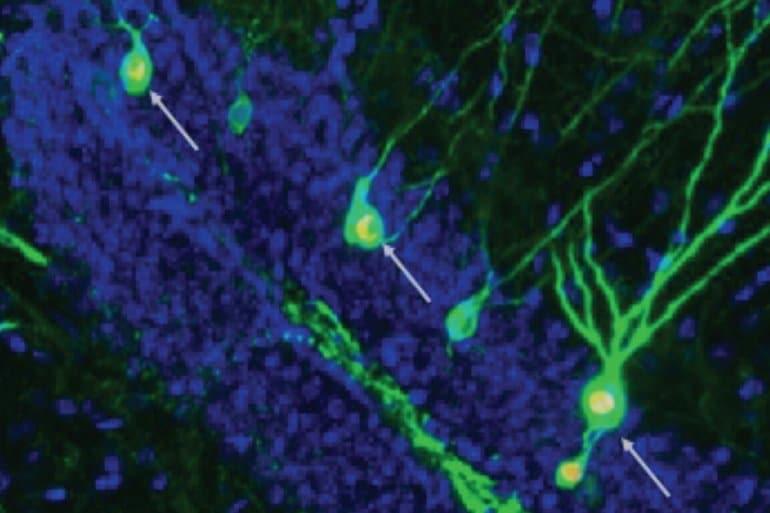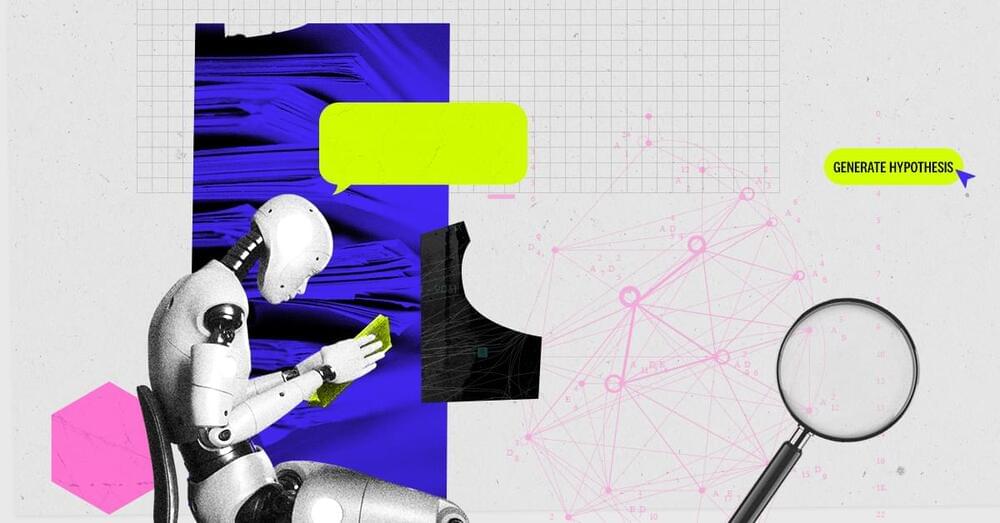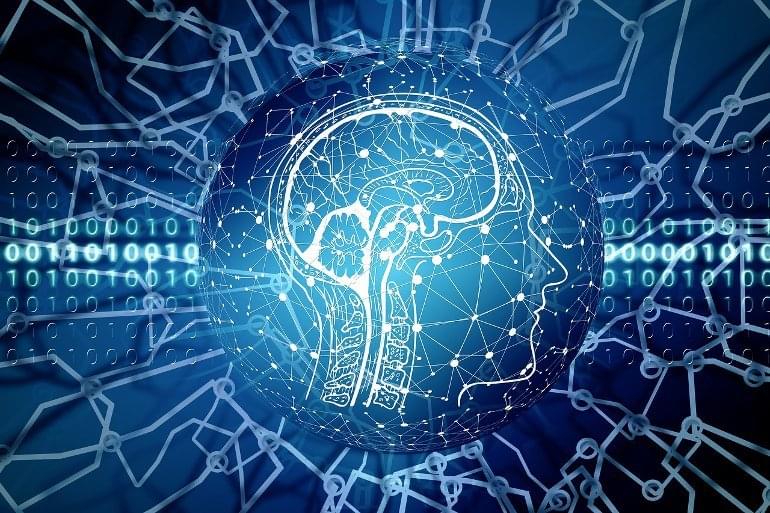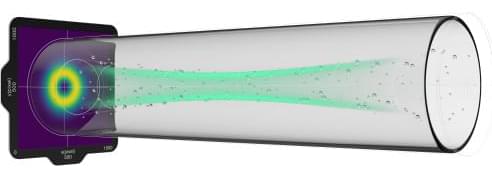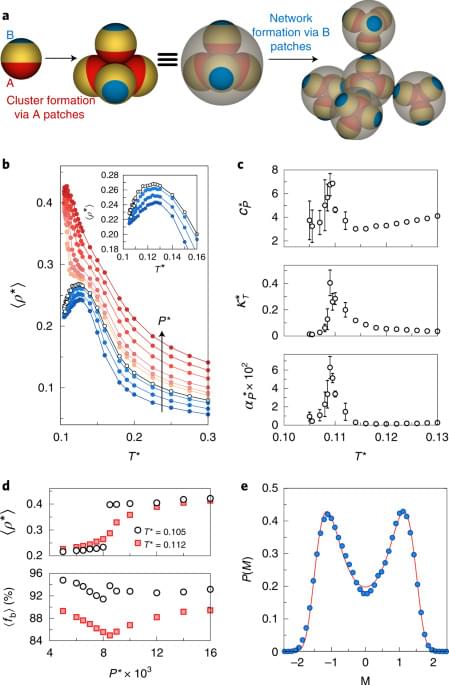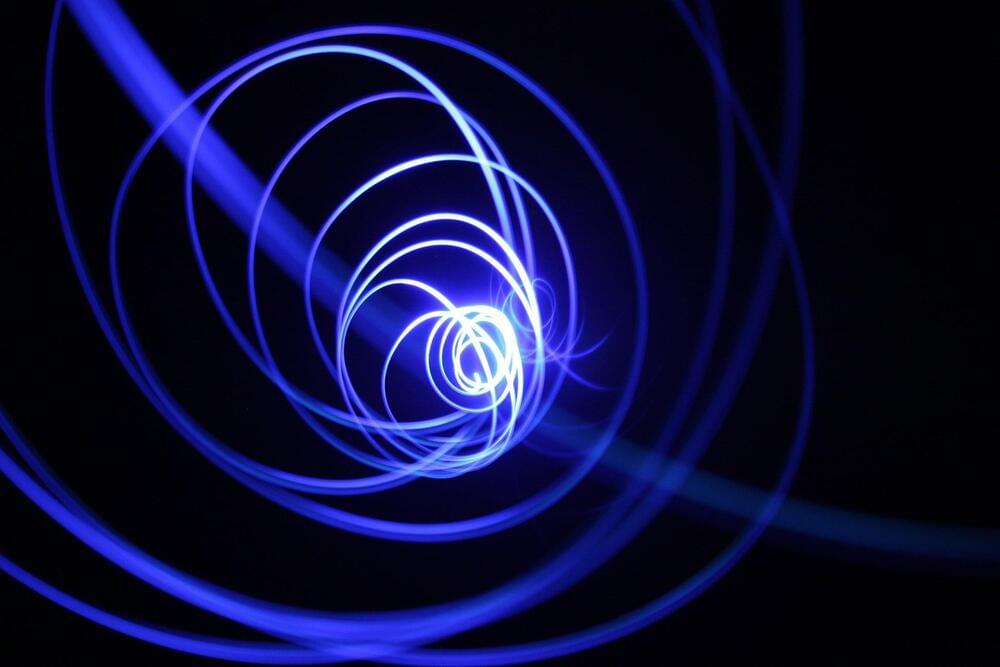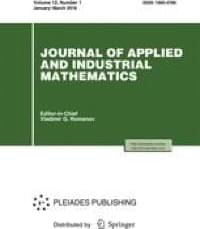A new generation of AI image tools can reproduce an artist’s signature style. Some creatives fear for their livelihoods.
Summary: Increasing neurogenesis by deleting the Bax gene in mouse models of Alzheimer’s improved the animals’ performance in tests measuring spatial recognition and contextual memory.
Source: Rockefeller University.
Researchers at the University of Illinois Chicago have discovered that increasing the production of new neurons in mice with Alzheimer’s disease (AD) rescues the animals’ memory defects.
How to Build a GPT-3 for Science
Posted in robotics/AI, science
A GPT-3-like AI model for science would accelerate innovation and improve reproducibility. Creating it will require us to unlock research.
Summary: Researchers have developed a new sensor that allows scientists to image the brain without missing signals for an extended period of time and deeper in the brain than current technology allows.
Source: Baylor College of Medicine.
As you are reading these words, certain regions of your brain are displaying a flurry of millisecond-fast electrical activity. Visualizing and measuring this electrical activity is crucial to understand how the brain enables us to see, move, behave or read these words.
A novel method for measuring nanoparticle size could have applications in industry and basic materials science research.
Nanoparticles are present in everything from paints to pharmaceutical products. While nanoparticles have many important characteristics, such as molecular composition and shape, it is their size that determines many chemical and physical properties. A new technique relying on an optical vortex—a laser beam whose wave fronts twist around a dark central region—allows researchers to characterize nanoparticle size rapidly and continuously [1]. This light-based size probe might one day find applications in numerous industrial settings and aid fundamental materials science research.
It is difficult to precisely synthesize nanoparticles with the desired dimensions, so manufacturers must often validate that their nanoparticles have the right size to comply with regulations and to ensure product quality. There are many ways of determining nanoparticle size, but one popular approach, dynamic light scattering (DLS), is based on measurements of Brownian motion, the random particle movement caused by jostling from the surrounding liquid medium. In DLS, the Brownian motion is determined by measuring fluctuations in laser light scattering from the nanoparticles. In general, the faster the Brownian motion, the smaller the particles. But current techniques are generally not capable of characterizing the largest particles and measuring them continuously.
Cosmological constraints can be improved by applying machine learning to a combination of data from two leading probes of the large-scale structure of the Universe.
Supercooled water undergoes a liquid–liquid phase transition. The authors show that the two phases have distinct hydrogen-bond networks, differing in their degree of entanglement, and thus the transition can be described by the topological changes of the network.
Scientists have discovered the remarkable impact of reversing a standard method for combatting a key obstacle to producing fusion energy on Earth. Theorists at the U.S. Department of Energy’s (DOE) Princeton Plasma Physics Laboratory (PPPL) have proposed doing precisely the opposite of the prescribed procedure to sharply improve future results.
Tearing holes in plasma
The problem, called “locked tearing modes,” occurs in all today’s tokamaks, doughnut-shaped magnetic facilities designed to create and control the virtually unlimited fusion power that drives the sun and stars. The instability-caused modes rotate with the hot, charged plasma — the fourth state of matter composed of free electrons and atomic nuclei that fuels fusion reactions —and tear holes called islands in the magnetic field that confines the gas, allowing the leakage of key heat.
The world is ‘woefully underprepared’ for a massive volcanic eruption and the likely repercussions on global supply chains, climate and food, according to experts from the University of Cambridge’s Centre for the Study of Existential Risk (CSER), and the University of Birmingham.
Circa 2016 face_with_colon_three
A subset C of infinite-dimensional binary cube is called a perfect binary code with distance 3 if all balls of radius 1 (in the Hamming metric) with centers in C are pairwise disjoint and their union cover this binary cube. Similarly, we can define a perfect binary code in zero layer, consisting of all vectors of infinite-dimensional binary cube having finite supports. In this article we prove that the cardinality of all cosets of perfect binary codes in zero layer is the cardinality of the continuum. Moreover, the cardinality of all cosets of perfect binary codes in the whole binary cube is equal to the cardinality of the hypercontinuum.

